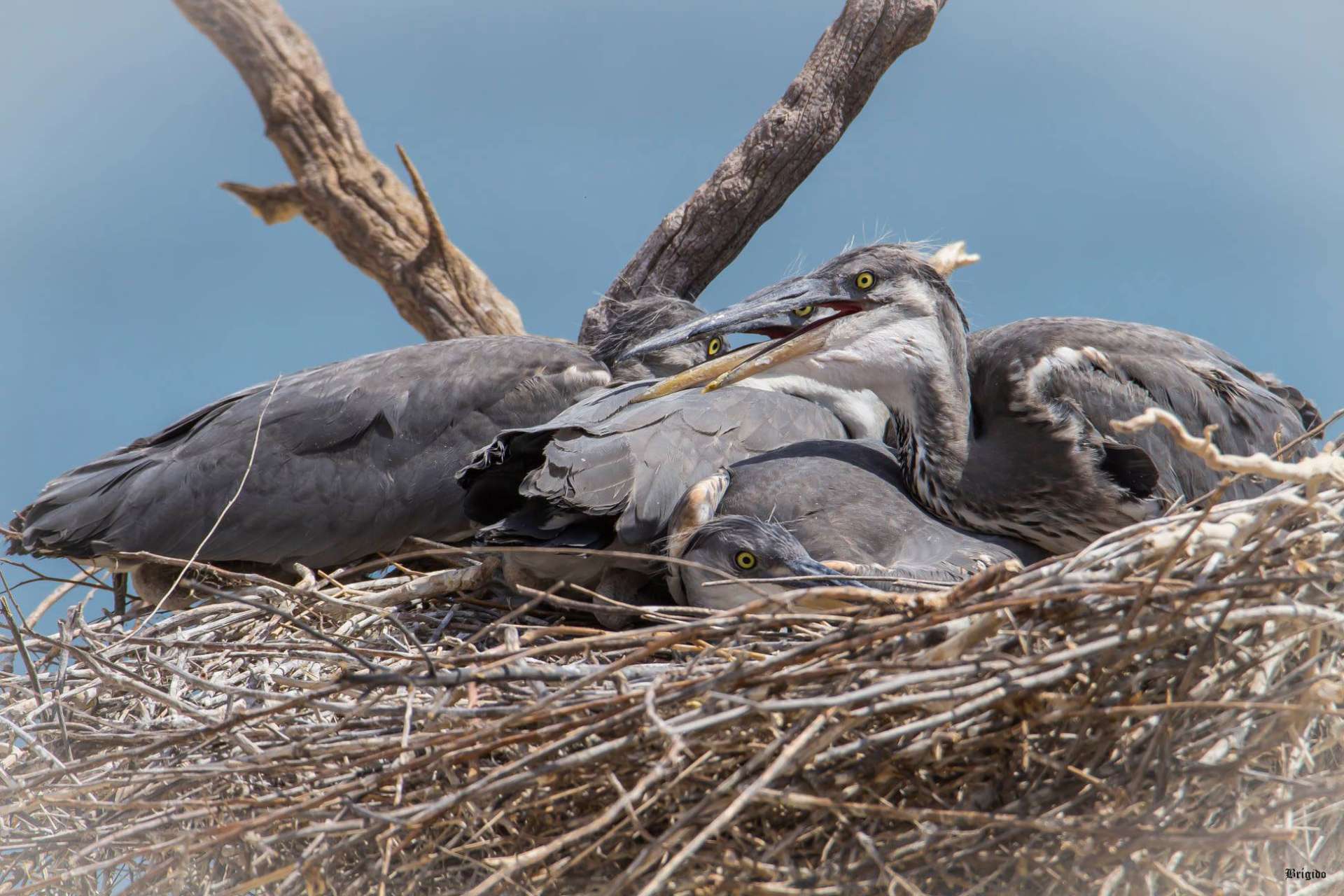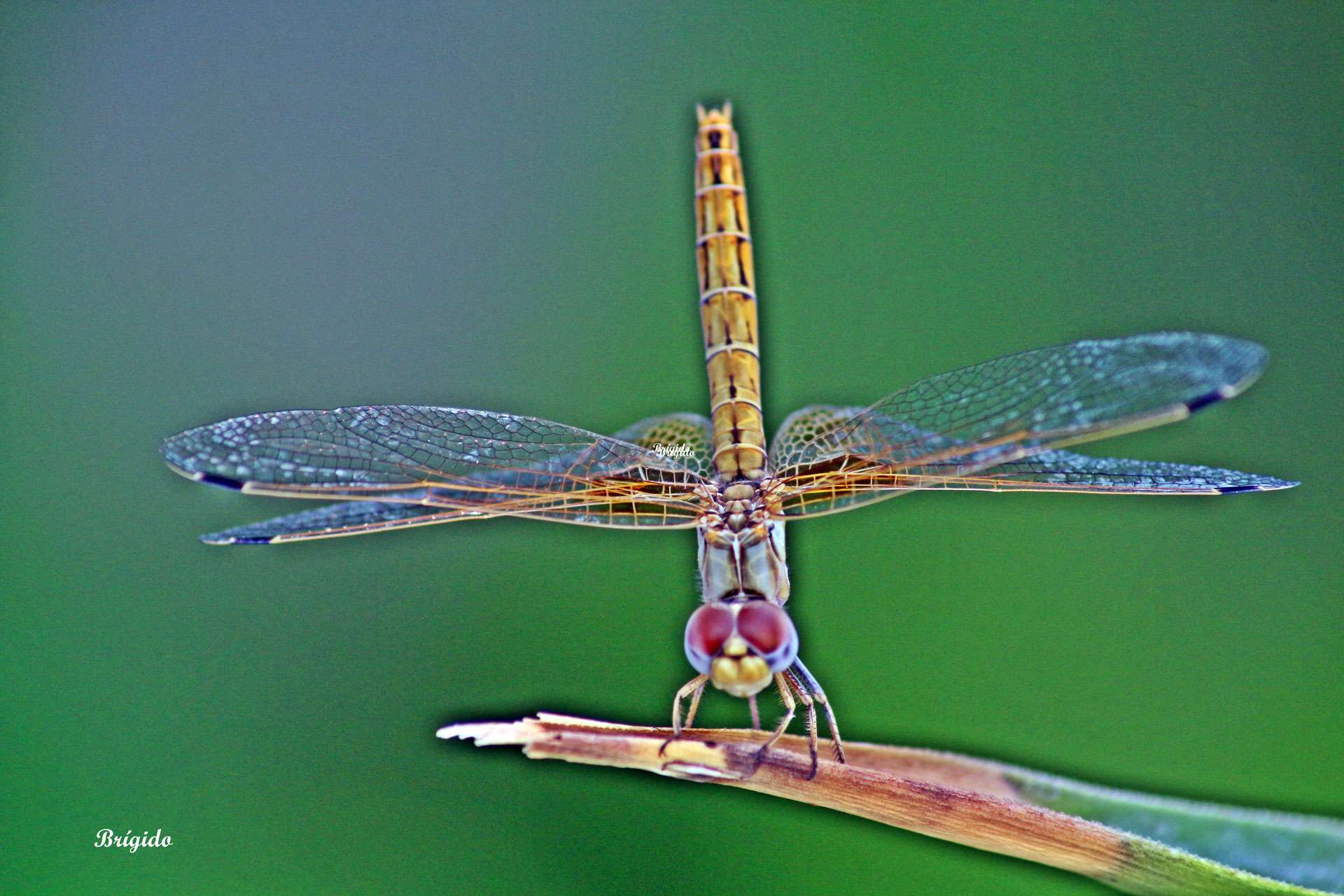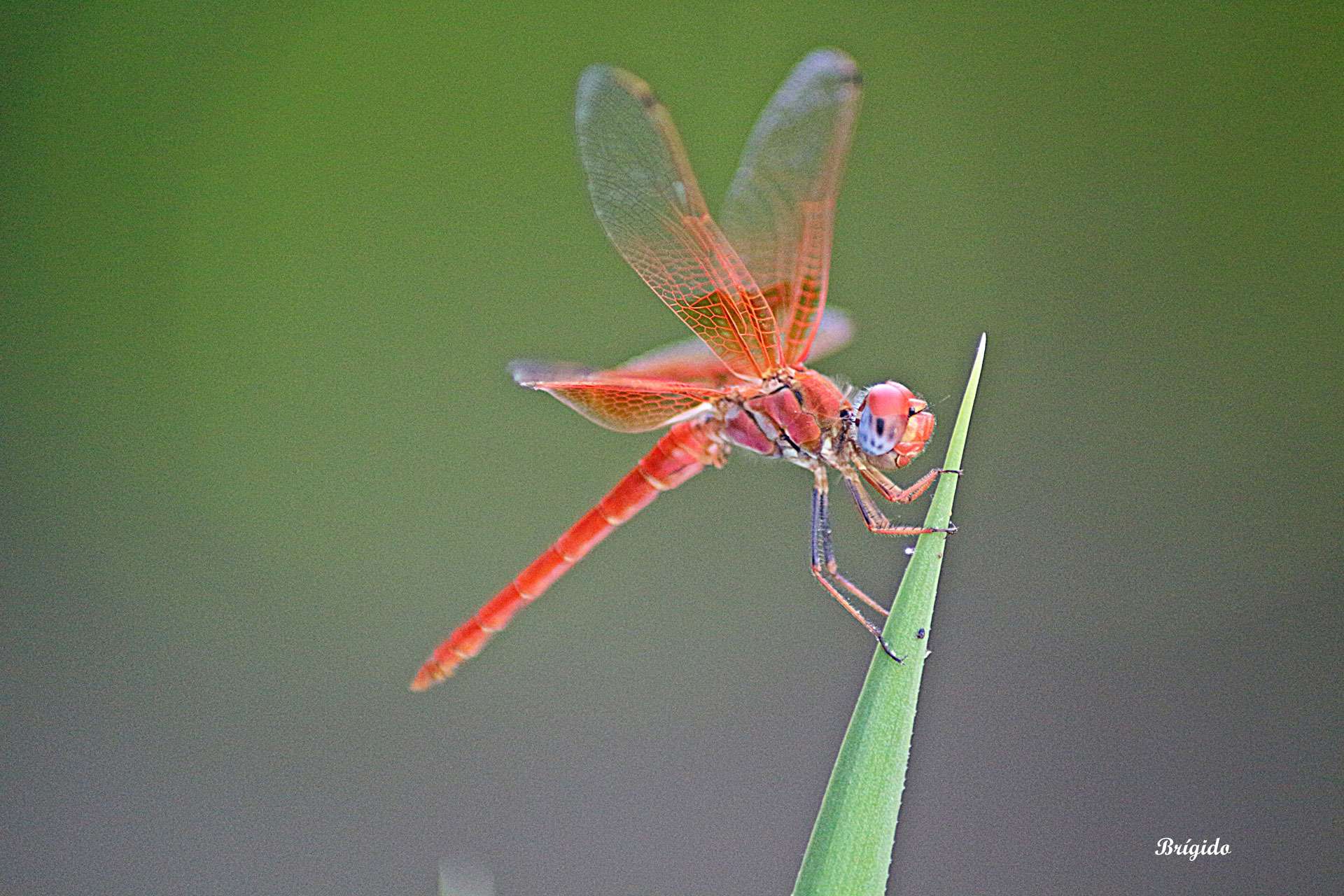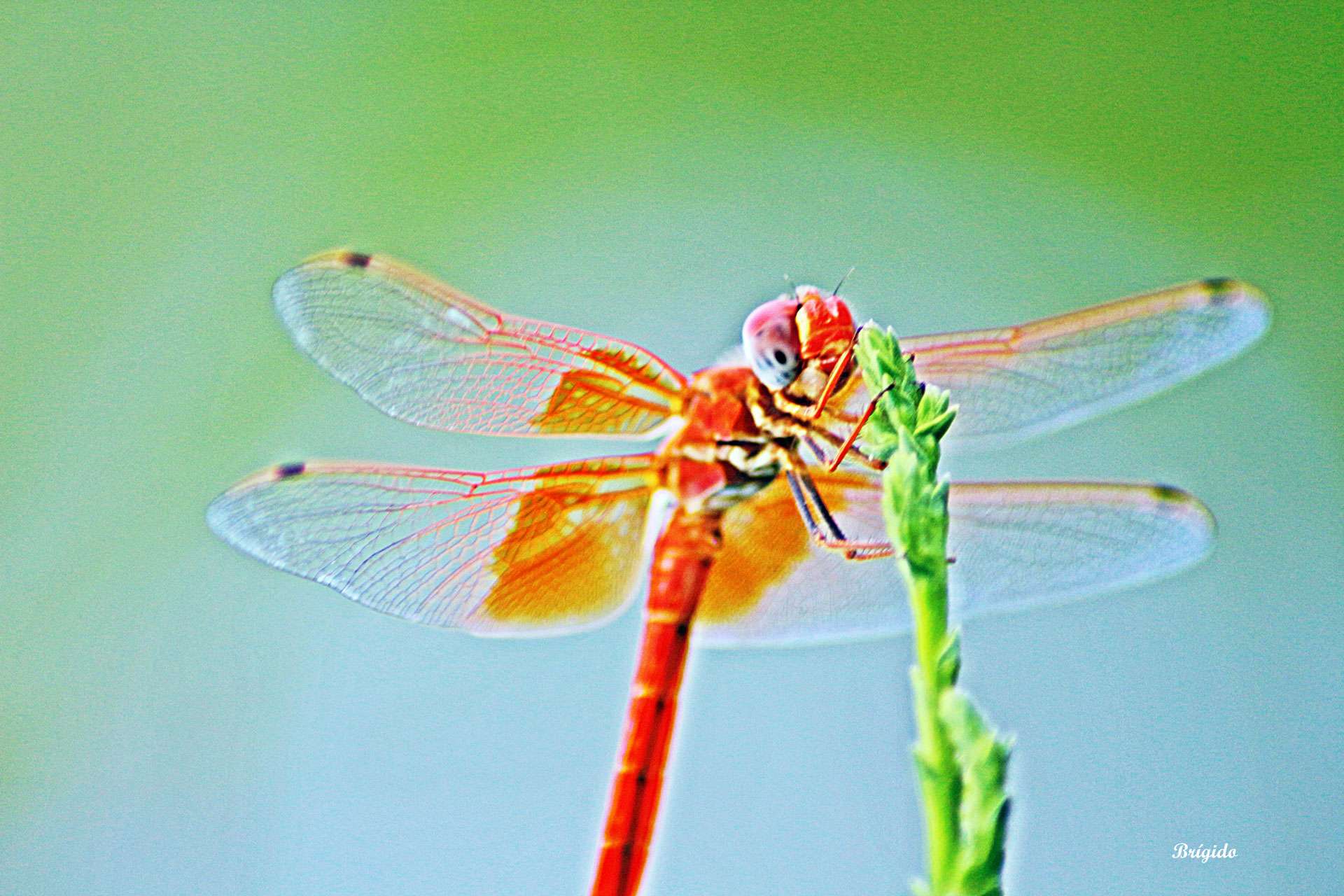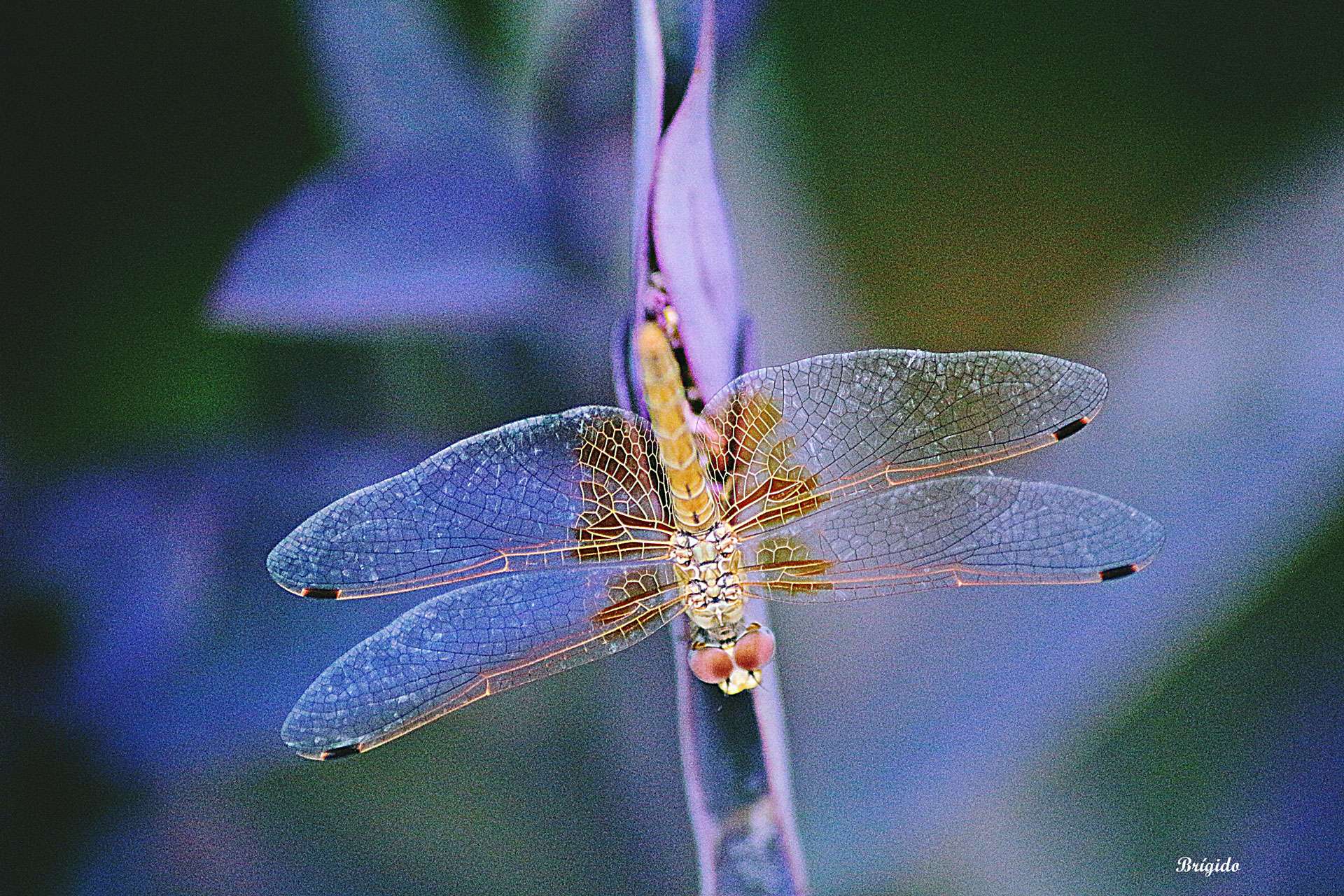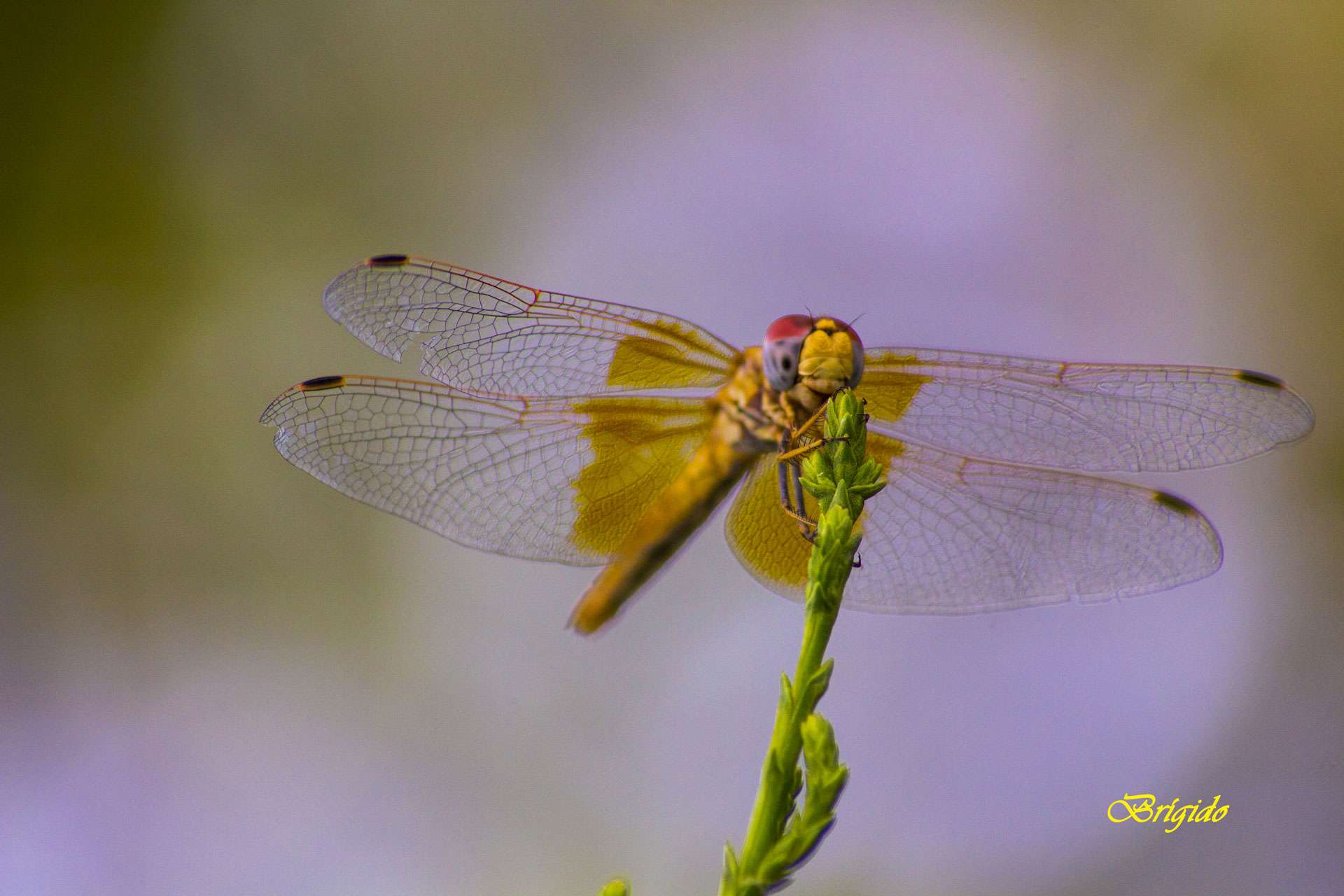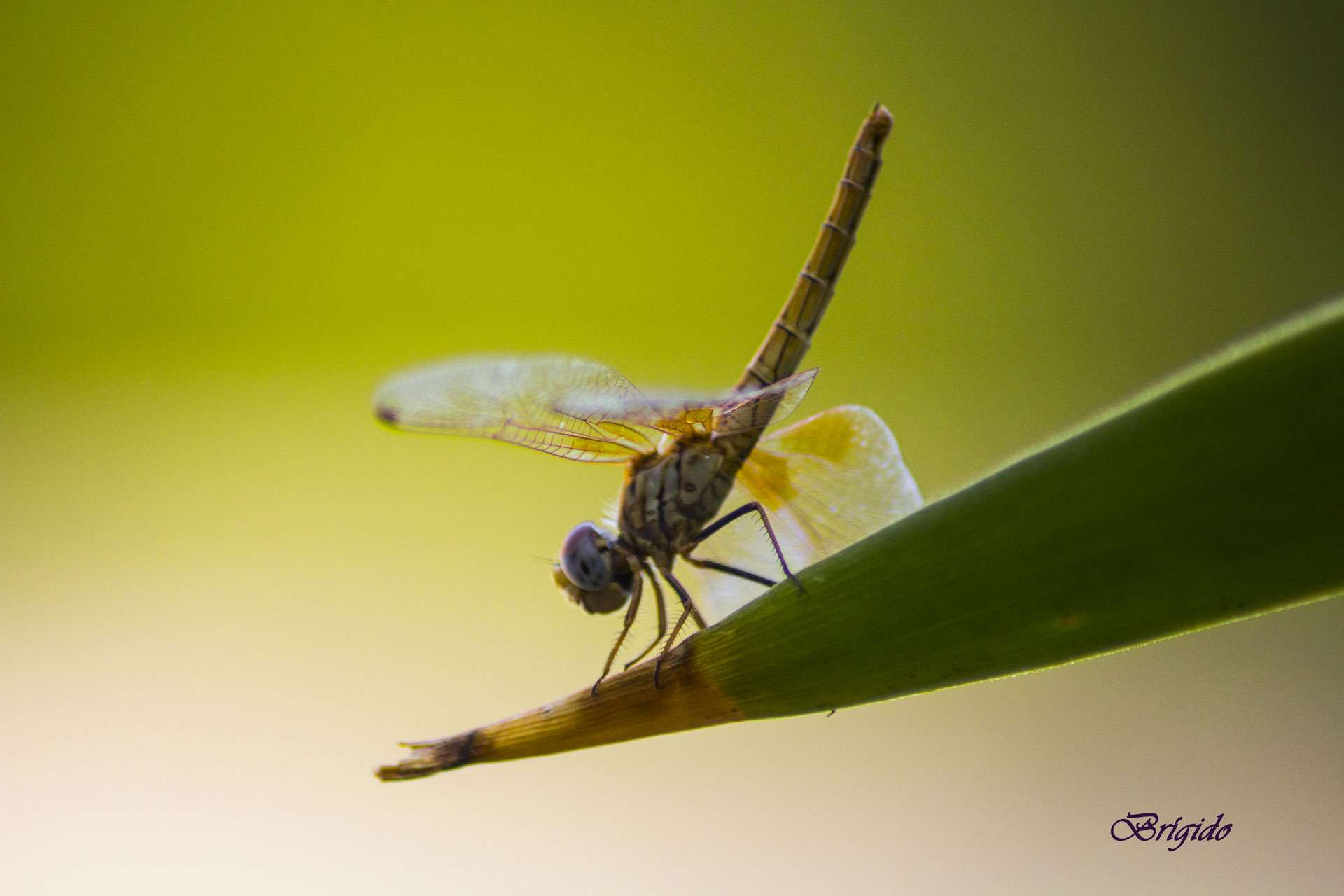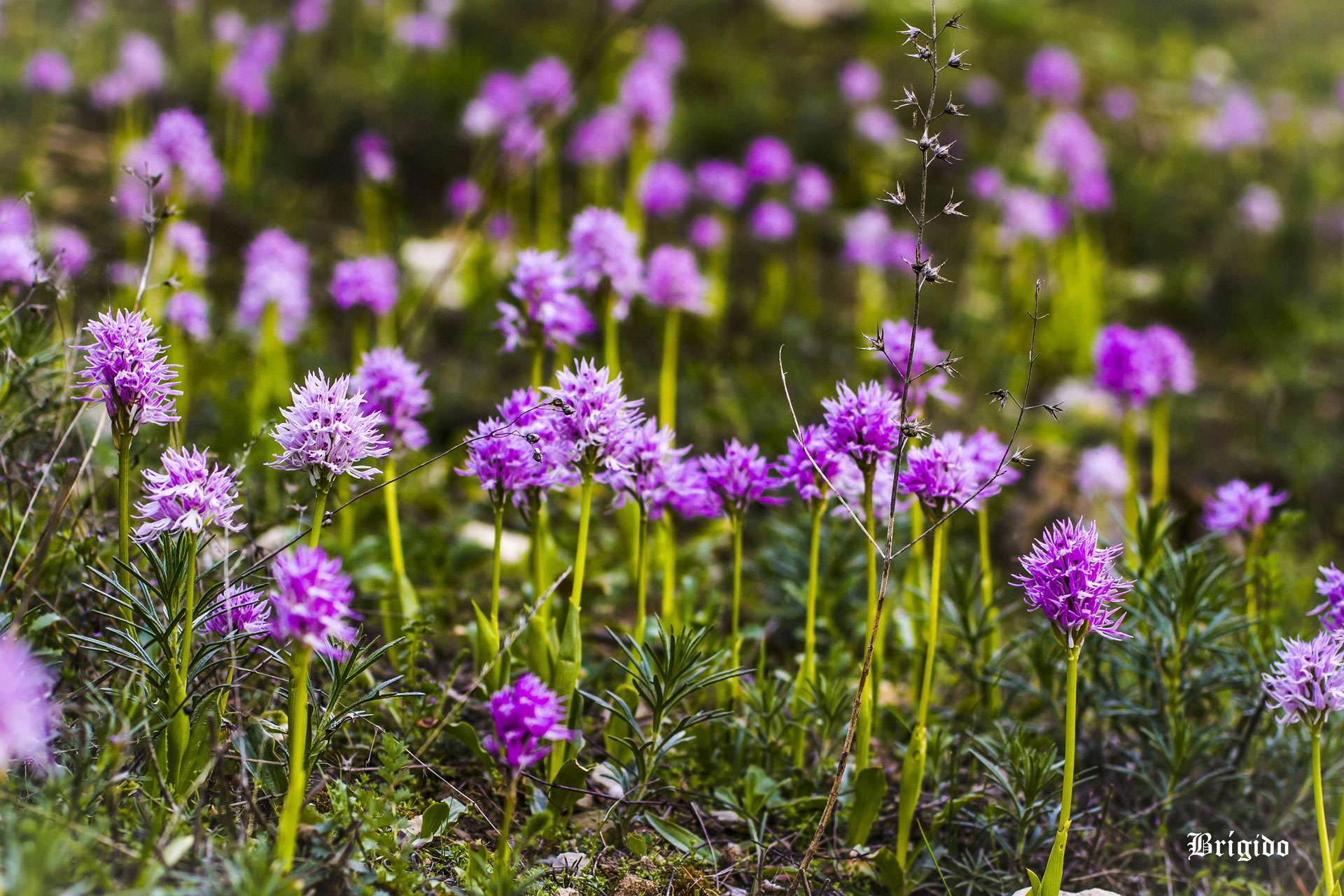As for the natural surroundings of Iznájar, we highlight this perfect combination of water and olive trees.
On the one hand, it is essential to mention its reservoir, the Lake of Andalusia, as it is the largest in the region. On the other hand, we cannot forget about the mountains that surround this municipality, whose municipal area is also part of the Natural Park of the Subbetic Mountains, declared a Geopark by UNESCO. Places that we can enjoy through numerous trails and cycling routes.
Furthermore, we won't overlook the Valdearenas Area with 1.5 km of natural beach, where you can disconnect with an idyllic walk or enjoy the adventure with a variety of water activities.
And if we want to continue learning, a must-stop will be the Interpretation Center of the Iznájar Reservoir, where they will teach us interactively and in detail how this landmark changed the history and nature of this land forever.
During the journey, you will have the opportunity to discover the most important flora and fauna of the Genil River, from its source in Sierra Nevada to its mouth in Palma del Río. Or how the construction of the reservoir led to the creation of a new habitat, with its own ornithology and ichthyology that you will explore in the different rooms of this building.
RIVER AS IT PASSES THROUGH IZNÁJAR
In the shadow of the Mulhacén and the result of the confluence of various streams, the Genil River is born. In its course through less rugged lands, it ends up becoming the most important tributary of the Guadalquivir and the second longest river in Andalusia.
Throughout its middle section, numerous rocky outcrops appear in the form of cliffs or escarpments, formed by sandstone, which can be found in the vicinity of the Iznájar Reservoir, such as the Tajo de Valdearenas, just over a km from the urban area of the municipality. The erosion of its sandstones has given rise to a valley that, with the construction of the reservoir, has allowed the creation of a sandy beach 1.5 km long.
It is an area of great ecological value, where the predominant vegetation is formed by brooms, esparto grass, thyme, and rosemary mainly. As for the animals that inhabit it, we can highlight birds such as the royal owl, common kestrel, common scops owl, black wheatear, solitary rock thrush, common lark, or Eurasian crag martin; reptiles such as the eyed lizard, Iberian wall lizard, ladder snake, or blind snake; amphibians such as the common toad; mammals such as the fox, garden dormouse, shrew, rabbit, hare, or wildcat; and small arthropods such as wolf spiders, scorpions, mole crickets, or centipedes.
RESERVOIR
Despite its artificial origin, the Iznájar Reservoir largely behaves like lakes with similar characteristics. Thus, it has several plant communities, and 15% of its shores have excellently preserved vegetation. Among its fauna, several species of interest appear, especially in the world of birds.
In its surroundings, the dominant fauna and flora are part of the Andalusian Mediterranean forest. The vegetation includes oaks, holm oaks, junipers, broom, rockrose, orchids, and pine forests. The fauna develops according to this vegetation, although water birds associated with the reservoir stand out, thanks to the proximity of some of the most important wetlands in Andalusia such as the Wetlands of Southern Córdoba or the Fuente de Piedra Lagoon: mallard, kingfisher, purple heron, Eurasian wigeon, osprey, great egret, black-headed gull, black-winged stilt, cormorant,... Mushrooms also have great importance in this enclave.
It should be noted that, in recent times, native fauna (fish such as the Iberian common barbel, Andalusian barbel, Gypsy barbel, common carp, eel, or white bream) have been joined by a set of invasive species, which even threaten to alter the future of the first species. Among them, the catfish (one of the most voracious fish in the world) or the zebra mussel stand out, as well as other fish such as the royal carp, black bass, black perch, sun perch, or bleak.







